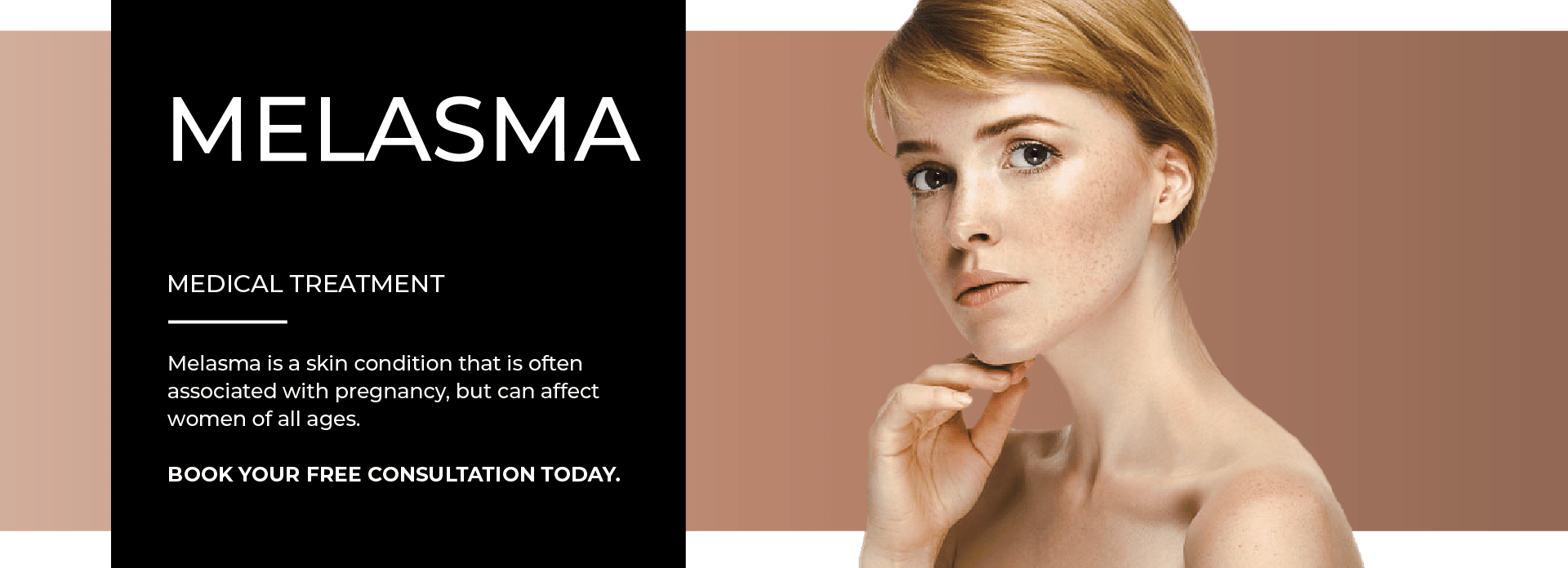
MELASMA REMOVAL TREATMENT SYDNEY
TREATMENT AREAS

Forehead
1 of 4Cheeks
2 of 4Nose
3 of 4Chin
4 of 4MELASMA TREATMENTS
Reduce melasma without surgery or downtime.
APPROVED MEDICAL DEVICES
We only use medical grade registered and approved devices.
CERTIFIED DOCTORS AND NURSES
Highly trained medical team for professional treatments
Melasma Treatments
On sun-exposed areas of the face, Melasma appears as irregular brown or tan patches. Generally, it appears on the upper cheeks, top lip, forehead, and chin of women aged 20 to 50. It rarely affects other body parts, such as the arms. Men rarely suffer from this condition.
It is more common in people with olive or dark skin (i.e., Latinas, Asians, Hispanics, and Middle Easterners) but also affects people with fair skin.
Although it is unclear what causes melasma, it is known that the epidermal layers of the skin (keratinocytes) or deeper dermal layers of the skin contain excessive amounts of melanin (the pigment in our skin).
Melasma can be caused by a number of important factors, including:
- Sunlight (ultraviolet) exposure
- Hormonal changes
– Pregnancy and the oral contraceptive pill are the major factors but HRT (hormone replacement therapy) can also be responsible
products applied to the skin
– Scented and perfumed toiletry products or products that irritate the skin
Occasionally, melasma fades or lightens on its own. Melasma may be treated by using high-protection, broad-spectrum sunscreens, wearing broad-rimmed hats, and changing daily activities to reduce sunlight exposure. Melasma can be treated successfully by wearing a high-protection sunscreen every day, even indoors.
Identifying the cause and removing it is essential to treating melasma. Most melasma will fade away once oral contraceptives have been discontinued. Melasma is also known as "the mask of pregnancy" if it manifests during pregnancy. Melasma usually resolves within six months of delivery.
RECOMMENDED TREATMENTS
SKINPEN®
PICOSURE®
DERMAMELAN®
a depigmenting method that provides an intensive corrective action on skin hyperpigmentation.
